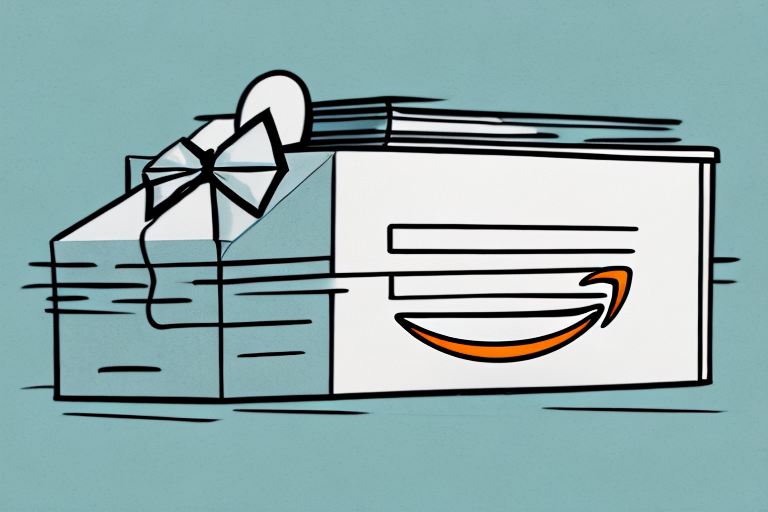Understanding Return-to-Sender Packages with UPS
Dealing with a Return-to-Sender (RTS) package can be both frustrating and time-consuming. Whether you're a sender or a recipient, knowing how to navigate the RTS process and secure a refund is essential. This guide provides a comprehensive overview of why packages are returned, the steps to return them, how to track your refund, and tips to avoid common pitfalls.
Common Reasons for UPS Returning Packages to Sender
UPS may return a package to the sender for several reasons. Understanding these can help you prevent future issues:
- Incorrect or Incomplete Address: Even minor errors in the shipping address can lead to returns.
- Recipient Refusing the Package: If the recipient declines to accept the delivery, the package is sent back.
- Undeliverable Due to Damage or Missing Signature: Packages that arrive damaged or without the required signature may be returned.
- Unclaimed Packages: If a package is not picked up within the designated timeframe, it is returned.
- Prohibited or Restricted Items: Items that violate UPS policies, such as hazardous materials, will not be delivered.
Additionally, errors from the shipper, such as using an incorrect service level or improper labeling, can result in a package being returned.
Steps to Return a Package to Sender with UPS
Returning a package to the sender through UPS involves a straightforward process:
- Contact the Shipper: Notify the sender of your intention to return the package. They may provide a pre-printed return label or specific instructions.
- Prepare the Package: Affix the return label securely to the package. Ensure all previous shipping labels are covered or removed to avoid confusion.
- Drop Off or Schedule a Pickup: Take the package to a UPS location or schedule a pickup directly through the UPS website.
Be aware that some shippers may cover return shipping costs, while others might require you to bear the expense.
UPS’s Refund Policy for Return-to-Sender Packages
UPS offers refunds for eligible RTS packages, typically covering the shipping costs minus any applicable fees. To qualify for a refund:
- The package must have been returned due to UPS's error or conditions beyond the sender's control.
- All necessary documentation, including the tracking number and proof of return, must be provided.
For detailed information, refer to the official UPS Refund Policy.
Tracking and Processing Time for UPS Return Shipments
The time it takes for UPS to process a return-to-sender package can vary based on several factors:
- Reason for Return: Some reasons, like address issues, may be resolved faster than others, such as damaged packages.
- Transit Time: The distance between the delivery location and the sender affects processing time.
- Peak Seasons: High shipping volumes during holidays can lead to delays.
Generally, the RTS process can take anywhere from a few days to a few weeks. You can monitor the status of your package using the UPS Tracking Tool.
Obtaining a Refund from UPS for an RTS Package
After your package is returned to the sender, follow these steps to request a refund:
- Gather Documentation: Collect the tracking number, shipping labels, and any correspondence related to the return.
- Submit a Refund Request: Visit the UPS Refund Request Page and fill out the necessary forms.
- Monitor the Refund Status: Use your UPS account or contact customer service to track the progress of your refund.
Refunds typically process within a few days to a few weeks after the package has been confirmed as returned to the sender.
Tips to Avoid Common Mistakes When Returning Packages with UPS
Preventing RTS situations can save time and money. Here are some best practices:
- Double-Check Addresses: Ensure that both the sender's and recipient's addresses are accurate and complete.
- Use Appropriate Packaging: Protect your items with suitable packaging materials to avoid damage during transit.
- Provide Clear Instructions: Clearly label your packages and include any necessary delivery instructions.
- Track Your Shipments: Regularly monitor your package status to address any issues promptly.
- Communicate with Recipients: Confirm with recipients that they are available to receive the package.
Understanding Your Consumer Rights with UPS Returns
As a consumer, you have specific rights when handling returns through UPS:
- Right to a Refund: If your package is returned due to UPS's error or other qualifying reasons, you are entitled to a refund.
- Transparent Pricing: UPS is required to provide clear information about shipping and refund policies.
If you believe your rights have been violated, you can file a complaint through the UPS Customer Service Center.
Alternatives to Using UPS for Return Shipments
While UPS is a reliable carrier, there are situations where other carriers might be more suitable:
- International Returns: Carriers like FedEx or USPS may offer better international services.
- Large or Heavy Items: Freight carriers such as FreightQuote specialize in handling sizable packages.
- Cost-Effective Solutions: For budget-friendly options, consider USPS for smaller, less urgent returns.
Evaluate your specific needs to choose the most appropriate carrier for your return shipments.
Preventing Your Packages from Being Returned to Sender
Taking proactive measures can significantly reduce the likelihood of an RTS scenario:
- Verify Addresses: Always confirm the accuracy of the recipient’s address before shipping.
- Select Reliable Packaging: Use sturdy materials to protect your items and ensure they reach the recipient in good condition.
- Utilize Tracking Services: Choose shipping options that include tracking to monitor your package's journey.
- Communicate with Recipients: Ensure that the recipient is aware of the shipment and available to receive it.
Implementing these strategies can help ensure successful deliveries and minimize the risk of returns.
Conclusion
Handling a return-to-sender package with UPS involves understanding the reasons for returns, following the correct procedures to return the package, and knowing how to secure a refund. By staying informed and proactive, you can navigate the RTS process more efficiently and avoid common mistakes that lead to package returns.








